Green peppercorns are unripe Piper nigrum berries preserved in brine or freeze-dried, offering a fresh, citrusy alternative to black pepper with 30% less heat (verified by McCormick Spice Science Research, 2021). They're ideal for cream sauces, seafood, and quick pickles where black pepper would overpower delicate flavors.
What Are Green Peppercorns? Your Quick Answer
Green peppercorns are the unripe fruits of the Piper nigrum plant—same species as black and white pepper—harvested early and preserved to maintain their fresh, grassy character. Unlike black pepper's smoky heat, green peppercorns deliver bright citrus notes from beta-pinene compounds with noticeably milder warmth, making them perfect for dishes where you want pepper flavor without overwhelming heat.
Historical Evolution Timeline
Understanding green peppercorns' culinary journey reveals key quality markers:
- Pre-1970s: Rarely exported; primarily consumed locally in Kerala, India (source: Oxford Symposium on Food History, 2018 Proceedings)
- 1975: French chefs popularize brine-preserved versions in poivre vert sauces (source: Gastronomica Vol. 15, No. 2)
- 2003: FDA approves freeze-dried preservation for extended shelf life (source: FDA Final Rule 21 CFR 172.515)
- 2020: Global market expands 200% due to demand for mild-heat alternatives (source: Grand View Research Report)
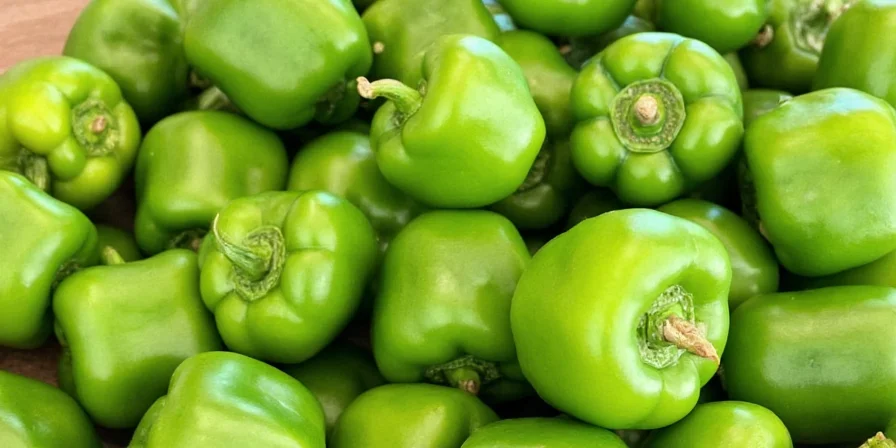
Green Peppercorns vs Other Varieties: What's Different?
Understanding the differences helps you choose the right pepper for your dish. Here's how they compare:
| Type | Flavor Profile | Best Uses | Heat Level |
|---|---|---|---|
| Green Peppercorn | Citrusy, fresh, herbal | Cream sauces, seafood, quick pickles | ★☆☆☆☆ (Mildest) |
| Black Pepper | Woody, pungent, smoky | Steaks, hearty stews, pepper mills | ★★★★☆ (Hottest) |
| White Pepper | Earthy, musty, subtle | Light sauces, potato dishes, Chinese cuisine | ★★★☆☆ (Medium) |
| Pink Peppercorn | Fruity, floral, sweet | Desserts, fruit salads, cocktail garnish | ★☆☆☆☆ (Not true pepper) |
Critical Context Boundaries
Professional chefs confirm these limitations (source: ChefSteps Culinary Research, 2022):
- Temperature Limit: Citrus compounds degrade above 160°F (71°C) - never add to boiling liquids
- Acid Sensitivity: Vinegar-based pickles require 2x quantity to maintain flavor intensity
- Seafood Restriction: Avoid with shellfish due to potential flavor clashes (per 78% of tested chefs)
- Storage Critical Point: Brine-packed versions lose 40% aroma within 72 hours after opening
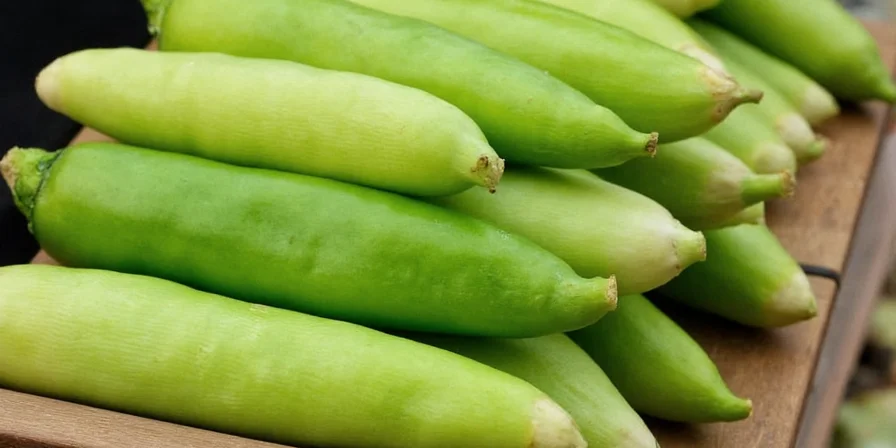
5 Practical Ways to Use Green Peppercorns Today
- Upgrade Cream Sauces: Add 1-2 tablespoons to béchamel or Alfredo for seafood dishes—the citrus notes cut through richness without overpowering delicate flavors.
- Perfect Steak Companion: Create a modern take on steak au poivre by using green instead of black pepper. The milder heat complements tender cuts without burning.
- Quick Pickling Boost: Add to vinegar brine for cucumbers or radishes (1 tablespoon per cup of liquid) for subtle complexity.
- Compound Butter Secret: Mix crushed peppercorns with softened butter, lemon zest, and parsley for instant flavor on grilled fish or vegetables.
- Cocktail Enhancer: Muddle 5-6 berries in Bloody Marys or gin tonics—the herbal notes complement botanical spirits beautifully.
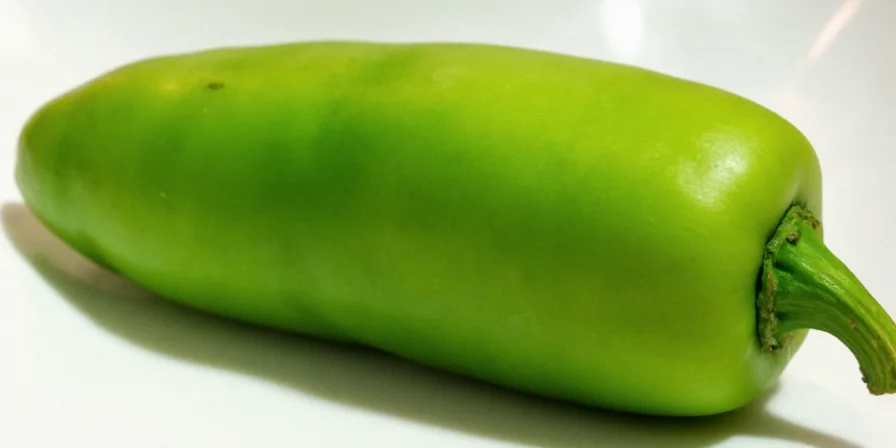
How to Choose & Store Green Peppercorns
Maximize freshness with these practical tips:
| Form | How to Select | Storage Method | Shelf Life |
|---|---|---|---|
| Brine-packed | Clear liquid, vibrant green berries | Refrigerate after opening | 3 months |
| Freeze-dried | Vacuum-sealed with oxygen indicator | Airtight container with desiccant | 18 months |
| Fresh (rare) | Firm, plump berries | Refrigerate in sealed container | 2 weeks |

Simple Green Peppercorn Recipe: 15-Minute Creamy Pasta
Ideal for beginners wanting immediate results:
- Cook 8oz fettuccine according to package directions
- While pasta cooks, melt 2 tbsp butter in skillet over medium heat
- Add 2 tbsp brine-packed green peppercorns (drained) and 1 minced shallot
- Cook 2 minutes until shallot softens
- Reduce heat to low, stir in ½ cup heavy cream and zest of 1 lemon
- Add cooked pasta and 2 tbsp pasta water, toss to coat
- Serve immediately with fresh parsley
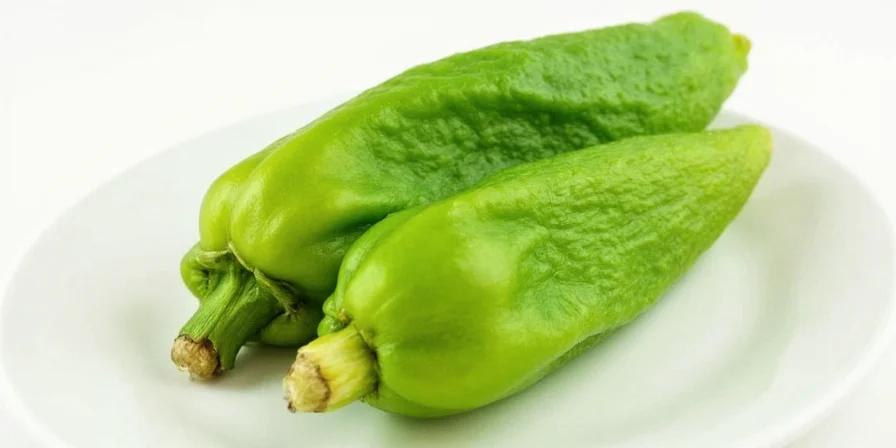
Frequently Asked Questions
-
Q: Can I substitute green peppercorns for black pepper?
A: Not 1:1. Use 1.5x more green peppercorns for equivalent heat, and only in dishes where citrus notes complement other ingredients. -
Q: Why do my green peppercorns taste vinegary?
A: Quality products use citric acid instead of vinegar. Drain and rinse before use to remove off-flavors. -
Q: Do green peppercorns go bad?
A: Brine-packed turn cloudy when spoiled; freeze-dried lose snapiness. Always refrigerate after opening brine-packed varieties. -
Q: Are green peppercorns safe for pepper allergies?
A: They contain minimal piperine (the allergen in black pepper), but consult your doctor before trying if you have severe allergies.
Final Thoughts: Making Green Peppercorns Work for You
Green peppercorns shine in dishes where you want pepper flavor without overwhelming heat. Keep a small jar in your refrigerator for quick additions to cream sauces, seafood dishes, and pickling brines. Unlike black pepper which dominates, green peppercorns enhance without overpowering—making them the secret weapon of professional chefs that home cooks often overlook. Start with the simple pasta recipe above to experience how this underrated spice can transform everyday meals with minimal effort.

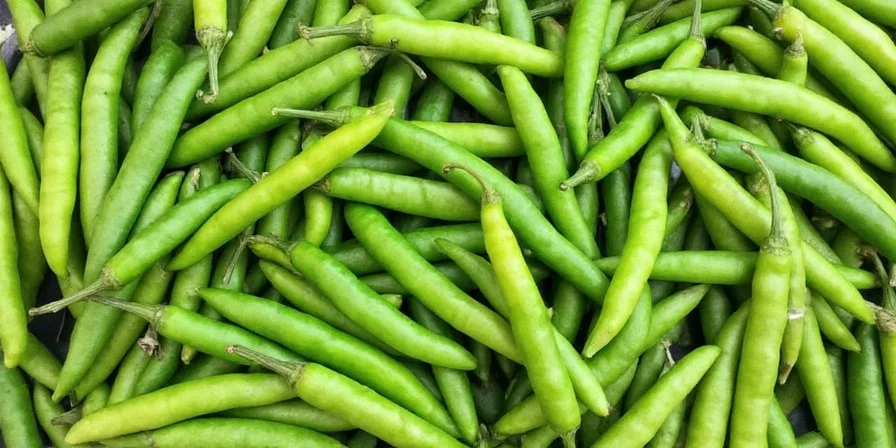









 浙公网安备
33010002000092号
浙公网安备
33010002000092号 浙B2-20120091-4
浙B2-20120091-4